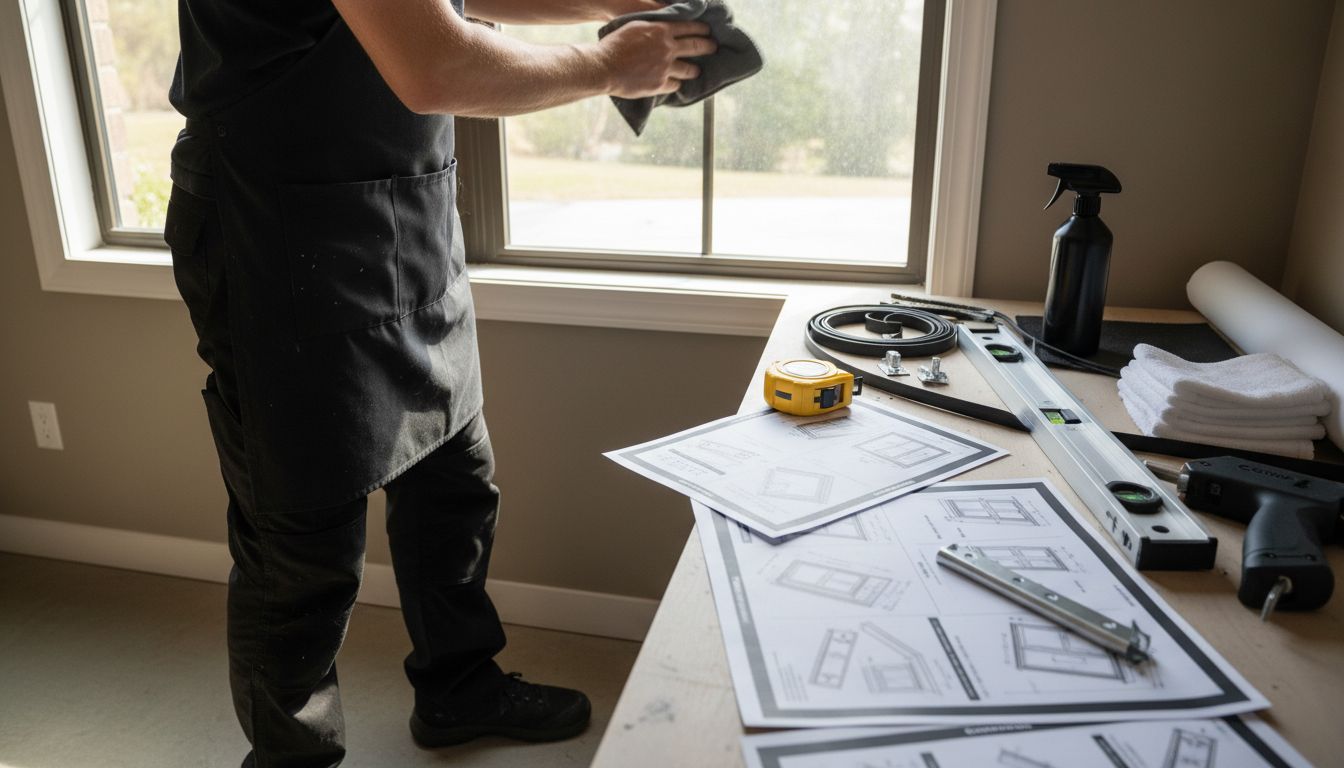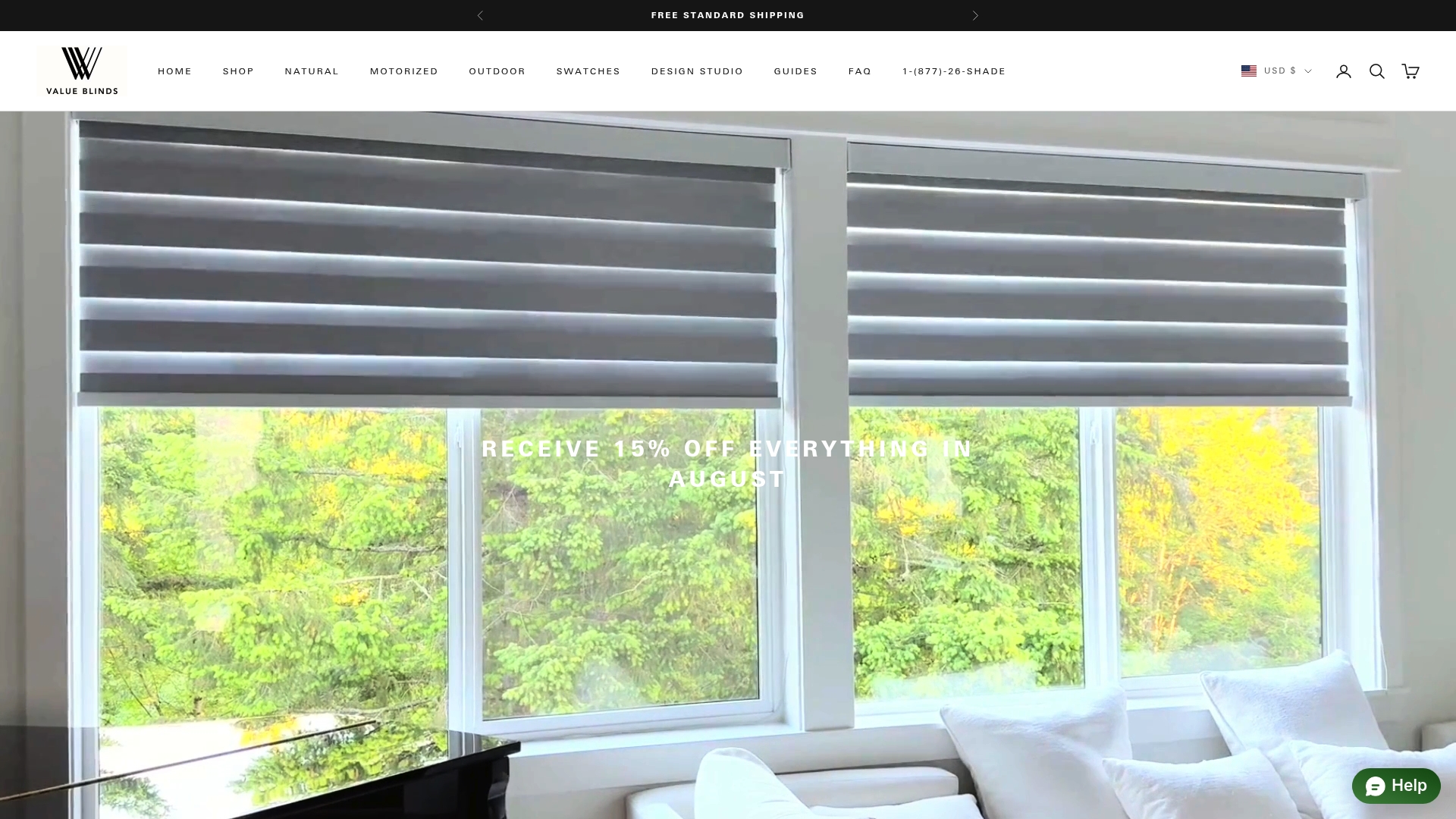
How to Insulate Windows for Energy Savings and Comfort
Did you know that windows can account for up to 30% of a home’s heating and cooling energy loss? Simple gaps, outdated frames, or poor-fitting treatments often let precious air slip away. When the seasons change and energy bills creep higher, homeowners start searching for practical solutions. By understanding how to assess window conditions and choose the right insulation methods, you can make your space more comfortable and cut unnecessary costs.
Table of Contents
- Step 1: Assess Existing Window Conditions
- Step 2: Select the Best Insulation Methods
- Step 3: Prepare Windows and Gather Materials
- Step 4: Install Window Insulation Treatments
- Step 5: Test Effectiveness and Seal Gaps
Quick Summary
| Key Point | Explanation |
|---|---|
| 1. Assess window conditions carefully | Examine frame materials, glazing features, and look for signs of wear or drafts. |
| 2. Choose effective insulation methods | Opt for options like insulated cellular shades to reduce heat loss significantly. |
| 3. Prepare surfaces and materials well | Clean surfaces and accurately measure dimensions to ensure a proper fit for insulation. |
| 4. Follow installation instructions precisely | Adhere to manufacturer guidelines to achieve tight fits and enhance thermal performance. |
| 5. Test for leaks and seal gaps | Conduct draft tests and apply weatherstripping and caulking to prevent air leakage. |
Step 1: Assess Existing Window Conditions
Before diving into window insulation strategies, you need to understand the current condition and performance of your windows. According to Energy.gov, evaluating window conditions involves carefully examining frame materials, glazing features, and operational types to determine their impact on energy efficiency.
Start by conducting a thorough visual inspection of each window. Look for signs of wear such as cracked glass, damaged weatherstripping, gaps around the frame, condensation between double pane layers, or visible drafts when the window is closed. These indicators suggest potential energy loss and areas needing immediate attention. Academic research from Oxford University suggests that systematically analyzing existing window performance can help identify critical opportunities for energy efficiency improvements.
Pro Tip: Use a lit candle or incense stick near window edges to detect air leaks. If the flame flickers or smoke moves horizontally, you have an air infiltration problem that needs addressing.
Once you have completed your assessment, you will be ready to select the most appropriate insulation techniques for your specific window conditions. The next step involves measuring and preparing your windows for targeted energy saving interventions. Our guide on measuring windows for perfect custom treatments can help you prepare for the upcoming insulation process.
Step 2: Select the Best Insulation Methods
Now that you have assessed your window conditions, it is time to choose the most effective insulation methods to improve your home’s energy efficiency. Energy.gov highlights that selecting the right window coverings can reduce heat loss through windows by up to 40%, making this step crucial for both comfort and energy savings.
Consider multiple insulation options based on your specific window characteristics and climate needs. Insulated cellular shades emerge as a top recommendation for their superior thermal performance. Additionally, ArXiv research suggests innovative solutions like electrostatic force suspended polymer-air multilayer structures offer highly transparent and energy-efficient window retrofitting alternatives for homeowners seeking cutting-edge technologies.
Pro Tip: Look for window treatments with multiple layers and air pockets that create an additional barrier against heat transfer.
To help you make an informed decision, our guide on the 7 best blinds for insulation can provide deeper insights into selecting the most effective window treatments for your home. The next step will involve precise measurements and installation techniques to maximize your chosen insulation method’s effectiveness.
Step 3: Prepare Windows and Gather Materials
Before installing your window insulation solution, proper preparation is essential. Energy.gov emphasizes the importance of cleaning window surfaces and measuring dimensions accurately as critical first steps in the insulation process.
Start by gathering the necessary materials. Energy.gov recommends selecting appropriate frame materials and glazing options that enhance thermal resistance. Your materials toolkit should include a clean microfiber cloth, rubbing alcohol, measuring tape, level, pencil, cleaning solution, drop cloth, and the specific insulation materials you have chosen.
Pro Tip: Clean window surfaces thoroughly with rubbing alcohol to remove dust and oils that could interfere with adhesion or installation.
To ensure precise measurements and a perfect fit, our guide on measuring windows for custom treatments can walk you through the exact process. With your windows prepped and materials gathered, you are now ready to move forward with the actual installation of your chosen insulation method.

Step 4: Install Window Insulation Treatments
Energy.gov emphasizes that successfully installing window insulation treatments requires ensuring a tight fit to maximize energy savings and comfort. This critical step will transform your windows into efficient thermal barriers that help regulate indoor temperature and reduce energy consumption.
Begin by carefully following the manufacturer’s specific installation instructions for your chosen insulation method. ArXiv research highlights that implementing thermal insulating polymer-air multilayer structures can significantly reduce heat loss through window glass panes. For cellular shades, this means precisely mounting brackets, ensuring level placement, and creating a seamless seal that minimizes air infiltration.
Pro Tip: Use a laser level to guarantee perfectly straight mounting and avoid uneven installations that could compromise thermal performance.
To help you navigate the nuanced details of window treatment installation, our guide on understanding heat blocking window coverings provides additional insights. Once installed, your new window treatments will create a powerful defense against temperature fluctuations and unnecessary energy waste.

Step 5: Test Effectiveness and Seal Gaps
Energy.gov recommends thoroughly testing your window insulation treatments to ensure optimal performance and energy efficiency. This final step involves carefully evaluating how well your new installations prevent heat transfer and eliminate potential air leakage points.
Carefully inspect each window by conducting a comprehensive draft test. Energy.gov suggests applying weatherstripping and caulking to prevent air leakage and enhance overall window insulation. Use a lit candle or incense stick to detect subtle air movements around window frames and edges. Move the flame slowly around the window perimeter and watch for any flickering that indicates potential gaps requiring additional sealing.
Pro Tip: On a windy day, run your hand along window edges to feel for cold air streams that might have been missed during initial installation.
For more detailed guidance on maintaining your window treatments for maximum energy efficiency, our guide on smart tips for energy efficient window treatments can provide additional insights. By meticulously testing and sealing any discovered gaps, you will significantly improve your home’s thermal performance and comfort levels.
Enhance Your Home’s Comfort with Expert Window Insulation Solutions
Struggling with drafts and high energy bills from poorly insulated windows is frustrating. You want a warm, cozy home without wasting money on heating or cooling. As the article details, achieving energy savings depends on selecting the right window treatments that block heat transfer, seal gaps, and improve insulation. Focus on proven options like cellular shades and multilayer blinds that create strong barriers against energy loss.

Discover how Value Blinds offers a wide selection of customizable, energy-efficient window coverings designed to maximize comfort and reduce your utility bills. With easy measurement guides and expert support, you can find and install the perfect blinds or shades tailored for your home’s unique needs. Don’t let inefficient windows cost you money this season. Explore our full range of high-quality products at Value Blinds Direct and start transforming your home environment today.
Frequently Asked Questions
How can I assess the existing condition of my windows before insulating?
To assess your windows, conduct a visual inspection for signs of wear like cracked glass, damaged weatherstripping, or drafts. Look for condensation between panes and use a lit candle or incense stick to identify air leaks.
What are the most effective insulation methods for windows?
The most effective window insulation methods include insulated cellular shades and multilayer structures. Depending on your window characteristics, select treatments that reduce heat loss by up to 40% when properly installed.
How do I properly prepare my windows before insulation?
To prepare your windows, clean the surfaces thoroughly with rubbing alcohol to remove dust and oils, then accurately measure their dimensions. Gather necessary materials such as framing solutions, cleaning supplies, and chosen insulation materials before starting the installation.
What steps should I follow to install window insulation treatments?
Start by carefully reading the manufacturer’s installation instructions for your insulation method. Ensure a tight fit by using a level for straight mounting and sealing any gaps to enhance thermal performance during the installation process.
How can I test the effectiveness of my window insulation?
You can test the effectiveness of your window insulation by performing a draft test with a lit candle or incense stick around window edges. If the flame flickers or smoke shifts, seal those gaps with weatherstripping or caulking to further improve insulation.
What routine maintenance should I do to maintain my window insulation?
Regularly check for drafts around your window treatments and inspect for wear in the materials. Ensuring these areas are well-sealed can help maintain energy efficiency, keeping your indoor temperature stable and comfortable.







